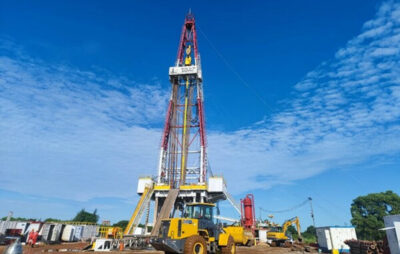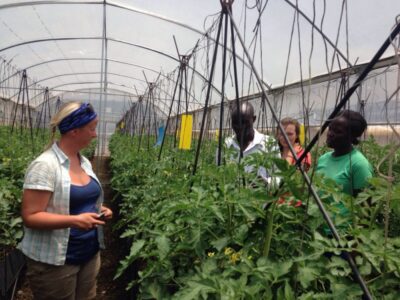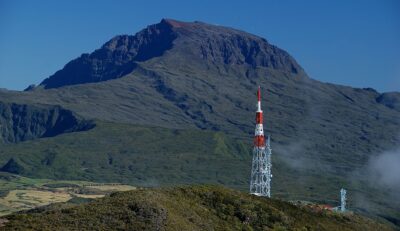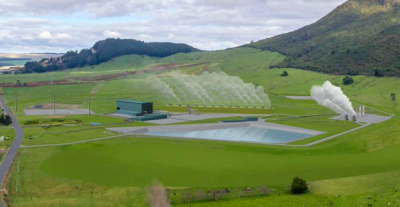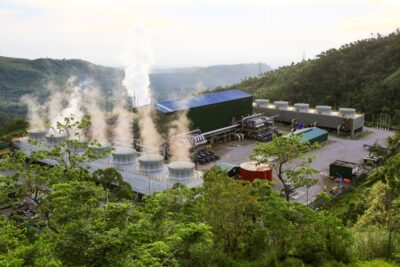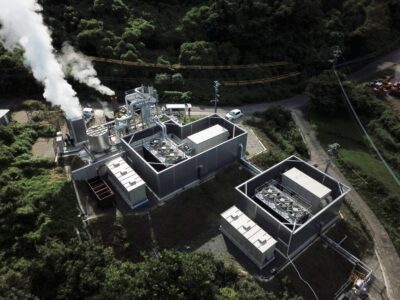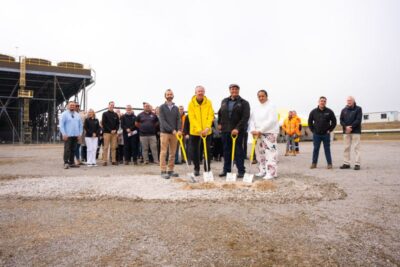Indonesian PLN selling carbon credits from geothermal plants for US$ 9 million
Article on the income that Indonesian PLN is making from selling carbon offset credits as part of the U.N. backed Kyoto Clean Development Mechanisms (CDM) program. The program allows players to sell so called Certified Emission Reductions (CERs).
In a recent article it is talked about the income that Indonesian PLN is making from selling carbon offset credits as part of the U.N. backed Kyoto Clean Development Mechanisms (CDM) program. The program allows players to sell so called Certified Emission Reductions (CERs).
Based on that “Indonesia state power firm PLN plans to sell 200,000 carbon offsets this year from green energy projects as part of its drive to clean up the firm’s emissions, a company official said.
Perusahaan Listrik Negara plans to sell the offsets from U.N.-backed projects, such as switching to cleaner fuels in power stations as well as geothermal plants, said Assistia Semiawan, PLN’s vice-president for environment and electricity safety.
“We are still assessing the projects. But we are targeting to produce 200,000 tonnes of carbon credits this year,” Semiawan told Reuters in an interview.
The company seeking buyers for the offsets, called certified emissions reductions (CERs), through newspaper advertisements. PLN sold U.N.-backed CERs in a series of deals in 2007.
Those forward-purchase agreements covered projects being developed under the Kyoto Protocol’s Clean Development Mechanism (CDM) and involved primary CERs, or offsets bought in advance of a project’s completion and formal registration by the United Nations.
Primary CERs are cheaper than exchange-traded secondary CERs from completed and registered projects, with the lower price taking into account the risk of a project not being completed or rejected by the United Nations.
Under the CDM, carbon offset projects are developed in poorer nations. The projects yield offsets for every tonne of carbon dioxide-equivalent saved from being emitted and are sold to rich countries to help them meet carbon caps under the Kyoto Protocol climate pact.
CERs are issued after a project is verified and registered by the United Nations. PLN said its CDM projects under the 2007 purchase deals are still being verified.
“The process is complicated but we hope to get approval next year,” she said, adding it would be the firm’s first CERs if the projects are registered.
PLN has a monopoly in Indonesia and operates 25,000 megawatts of capacity, but most of its plants are old and output is far below capacity. About 30 percent of the plants use oil products such as diesel and fuel oil.
The company is under huge pressure to ramp up capacity and modernise its plants and has switched to natural gas and coal to meet demand and cut consumption of crude oil.
It has already launched a fast-track programme of adding 10,000 MW of coal-fired power plants and has plans for a second fast-track programme to develop an additional 10,000 MW using coal, geothermal and renewable resources between 2009-2012.
The second phase could cost between US$8 billion and US$9 billion, PLN has said.
Semiawan said revenue from carbon credits would not cover financing for power projects. Secondary CERs have more than halved in value since last year and are trading just above EUR 10 per tonne.
In August 2007, PLN signed an agreement with British-based EcoSecurities to buy primary CERs from a large-scale geothermal project and five small hydro-power projects.
The projected volume of CERs for the six projects is more than 2.6 million until 2012.
In late 2007, PLN signed a $5.5 million deal with the World Bank to buy 340,000 CERs for the 20-megawatt Lahendong 2 geothermal power plant on Sulawesi island.
It also signed a purchase agreement with Japan Carbon Finance Ltd for the 20-MW Lahendong 3 geothermal power plant for 260,000 CERs or about $3.5 million.”
Source: ForexPros.com
